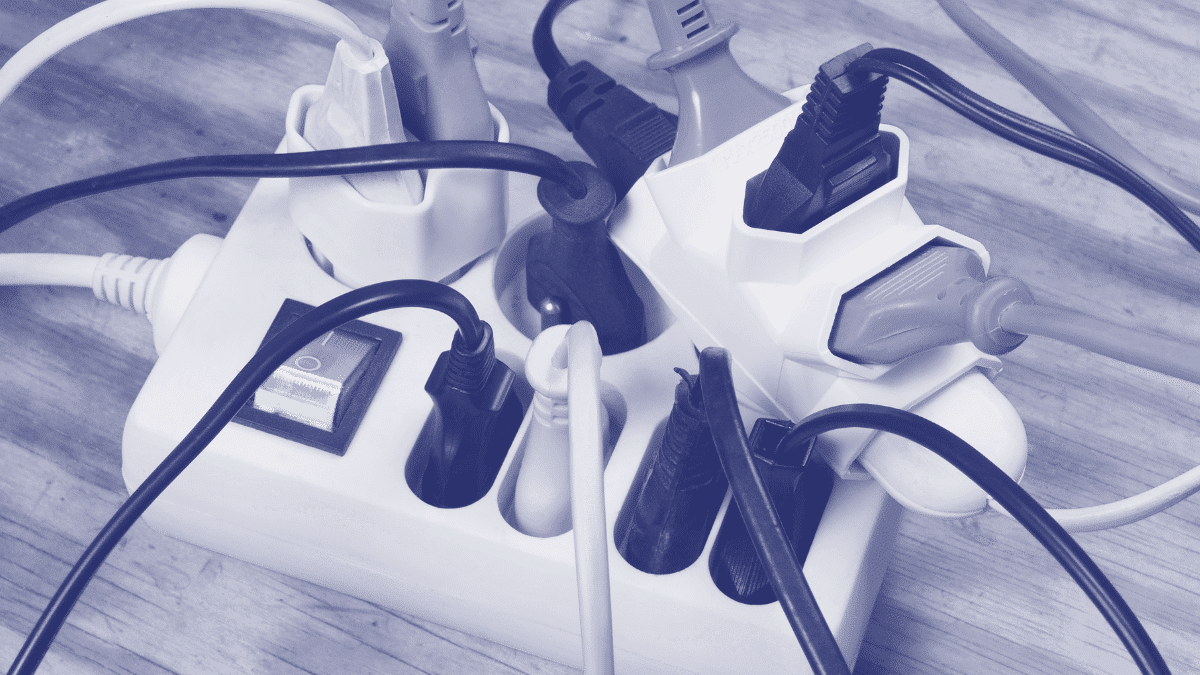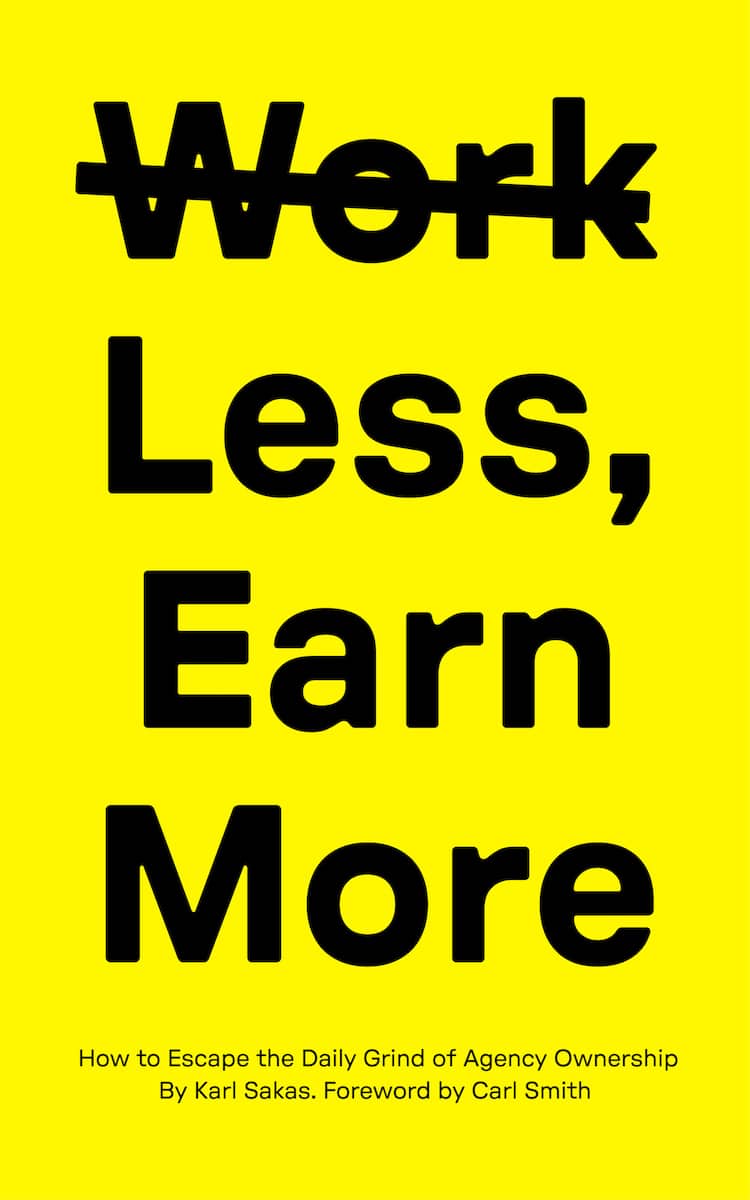When you’re slammed at work, it’s tough to keep up with anything that’s not a top priority. But that doesn’t stop day-to-day inquiries from coming in. This can feel even more stressful, as you try to focus on the top priority while new things keep piling up.
There’s good news—”away” messages are your friend!
It’s all about expectations management. When someone knows you’ll be slow to respond, they won’t get annoyed that you haven’t gotten back to them yet. And if you give them a way to escalate (if it’s an emergency), they’ll have a workaround if they truly need to reach you sooner.
I’ve identified six ways you can manage client and employee expectations when you don’t want to be interrupted. As an agency leader, you need to put on your own oxygen mask first.
6 Ways to Push Back: Email, IM, and More
You can reclaim your schedule—let’s look at how to use “away” messages (and related tools) to fight back!
1) Email: Use Your “Out of Office”
You don’t have to be out of the office to use your “Out of Office” auto-responder. To buy time when you’re underwater at work, put up an Out of Office to say something like:
“I’m in meetings on Friday and Monday, which means I’ll have limited email access until Tuesday. Clients get first priority on responses. If it’s urgent, send your request to team@agencyname.com and the team can act on it sooner.”
Here’s more on OOO strategy, including an expanded auto-responder template.
Try it—it’s liberating! (However, if you do this constantly, it may be a sign you need to fix the root cause. More on that later.)
2) Voicemail: “Limited Availability” or “Email X”
When you know you’ll be busy, update your voicemail greeting. If you’re semi-busy but are open to receiving texts, you can use a greeting like this:
“I’m in meetings on X and Y dates, which means I can’t return calls as quickly as usual. If it’s an urgent matter, please text me at 212-555-1212.”
If you want to turn your phone off complete, that’s okay, especially if you’ve updated your voicemail greeting to explain that you’re slower to respond at the moment. (But remember to update the greeting afterwards!) In that case, you can do something like:
“I’m unavailable for calls until Thursday. If you need non-urgent help, please email team@agencyname.com. If you need urgent help, please call our front desk at 212-555-1212. Otherwise, I look forward to following up on Thursday.”
3) Instant Messaging: “Away” or “Do Not Disturb”
If you’re using Slack, Teams, or other IM tools, you can set yourself as “Away” or “Do Not Disturb.”
You can also set “Do Not Disturb” for your entire phone or computer. This disables most notifications—but your status likely isn’t visible to others, which means you don’t get the expectations-management benefit of “Away” messages.
4) Calendar: “Heads Down” Time
Want employees to stop interrupting you—or stealing time on your calendar when you need to focus on something else? Add “Heads Down Time” appointments to your calendar, and train employees so they know they can’t schedule over them unless they get your permission first.
If you have an assistant, they can pre-schedule “Heads Down” time (and other time blocks) for your entire year. This is what I do.
5) Office: Traffic Cone
Do you have a physical office? Fellow agency consultant Drew McLellan recommends a simple physical tool—put an orange traffic cone at your door when you don’t want to be interrupted.
If you work from home, your mileage may vary on whether the cone works with family members…
6) Employee Retraining: How to Reach You
Technology alone won’t fix things—you’ll also need to “retrain” your employees. You want them to interrupt you when it’s truly urgent—but this may require iteration. After all, what’s urgent to them rarely is urgent to you.
Retraining includes how you want people to escalate. Maybe they start with email, then escalate to an IM. Or maybe they start with an IM and escalate to a text or visiting in-person. You’ll need to choose the protocol that’s right for you and your culture—but be sure people know it; don’t expect them to guess.
How I Use This to Help My Clients
When my clients are temporarily overloaded at work, I frequently recommend using “out of office” and similar tools to manage senders’ expectations. Saying your response time is slower than usual (for a temporary period of time) buys you time to respond after the busy time.
Of course, if a client is constantly overloaded, I’ll focus on helping them fix the root cause. For instance:
- Are they saying “yes” to too many requests?
- Should other team members be handling incoming client requests?
- Should employees be “batching” their interruptive requests to the boss?
Question: What are you going to change based on what I’ve shared here?


